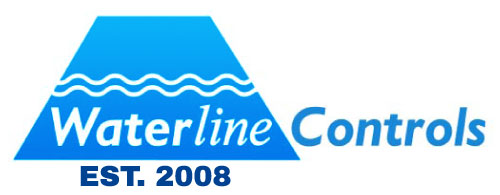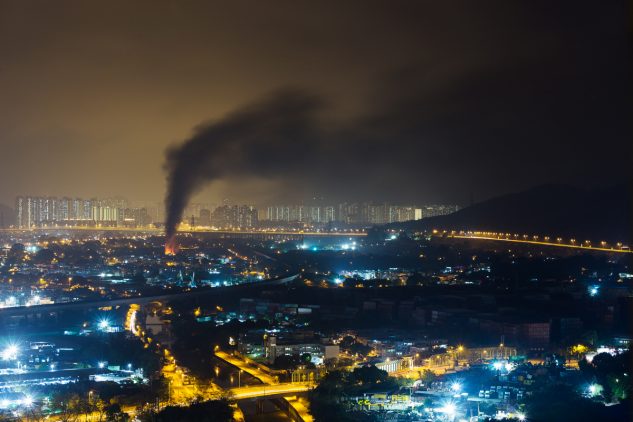What Type of Fire Can Be Put Out Safely with Water?
There are five classes of fires, and they are classified according to what fuels them. Extinguishing a fire successfully depends on the fuel. A fire needs fuel, oxygen, and heat. To effectively put out a fire you need to remove one of these elements. Read on to learn more.
Fires are classified as Class A, Class B, Class C, Class D, and Class K. Each type of fire involves a different flammable material and a special approach to safely putting it out. Trying to extinguish a fire with the wrong method can be dangerous and make the situation worse.
- Class A fires involve solid materials such as wood, clothing, paper, and plastic. These fires are the most common and ones that you are most likely to be familiar with. Many Class A fires are caused unintentionally by accidents such as knocking over a candle to lightning hitting a tree. Class A fires are the easiest to put out and you can use a water or foam extinguisher. The fire is smothered by extinguishing the fire’s heat supply.
- Class B fires involve flammable liquids rather than solids. Common causes for these fires include gasoline, alcohol, and oil. It is important to note that despite involving liquid, this Class does not include cooking fires. Water does not extinguish Class B fires and can spread the flammable liquid, making it worse. You must only put out these fires with powder, foam, or carbon dioxide extinguishers to cut off the fire’s oxygen supply.
- Class C fires involve electricity, and they can be started in old wiring, frayed cords, or faulty appliances. Should you notice an electrical fire, you must try to disconnect the appliance if it is safe to do so. Use a powder or carbon dioxide extinguisher to put these fires out. Water and foam cannot be used as they are both electrical conductors and can make the situation more dangerous. Once the power supply is shut off, Class C fires become Class A instead as the electrical component has been removed.
- Class D fires are very rare and occur when metal ignites. These are rare because most metals require high temperatures to ignite but alkali metals like aluminum, potassium, and magnesium can ignite when exposed to water or air. You therefore, cannot use water on these fires and can only use a dry powder extinguisher. The powder works by separating the oxygen from the fuel or removing the heat.
- Class K fires involve cooking liquids and fats and sometimes can be grouped together with Class B fires. These fires have high flash points and commonly occur on the stove when pans are left unattended. You need to remove the pan from the heat as soon as possible and never use water as it can cause a dangerous splatter effect. A wet chemical extinguisher is best for cooking fires.
Types of Fire Extinguishers
When faced with fire it is beneficial to know the ways to put out a fire and what types of fires can be put out with water. Just as there are different types of fires, there are different types of extinguishers:
- Class A extinguishers put out common flammable materials such as wood, and paper.
- Class B extinguishers are for grease, oils, and gasoline.
- Class C extinguishers will put out electrical fires.
- Class D are for flammable metals.
The materials in these extinguishers that put the fires out are either water, foam, dry powder, or carbon dioxide.
- Water extinguishers: These work by removing the heat element and spray water propelled by air onto the flames.
- Carbon dioxide extinguishers: These contain a mix of gaseous and liquid carbon dioxide stored at a high pressure. When released the carbon dioxide spray smothers the oxygen, starving the fire.
- Foam and dry powder extinguishers: These work similar, with the canister either filled with foam or powder. These are propelled by compressed nitrogen and smothers the fire by depriving it of oxygen from the surrounding air.
You can purchase multipurpose extinguishers for your home, and they will put out common household fires. Most industrial or commercial properties will have extinguishers on site that can effectively put out any types of fires expected in that environment. Learn the basics of fire extinguishers on Fire Rescue Magazine.
How to Safely Extinguish Fires
There are certain fires that you are more likely to come across than others, but it is important to know how to put them out should you encounter any of the different types of fires.
- How to put out a gas fire: Water will be ineffective but you can smother the flames with a blanket. You can also use a powder or foam extinguisher.
- How to put out a chemical fire: ever use water as this can spread the chemicals further. Extinguish these fires with foam or dry powder.
- How to put out a gasoline fire: Gasoline fires will require a foam or powder extinguisher. If you can, use wet rags or sand to smother the fire. This is only effective if the amount of gasoline is small.
- How to put out an electrical fire: Do not use water. Unplug the device or appliance if safe to do so and turn off power if possible. Use a multipurpose extinguisher or smother the flames with a blanket. Baking soda can also be used on small electrical fires to smother the flames.
- How to put out an alcohol fire: You need a carbon dioxide extinguisher for alcohol fires or cover it with something non-flammable and heat-resistant.
- How to put out an oven fire: Close the oven door and turn it off. If flames come out of the oven, you can use a multipurpose extinguisher or throw baking soda on the flames.
- How to smother a fire: Smothering a fire involves depriving it of oxygen and this can be done by using a blanket.
Source: https://my.firefighternation.com/profiles/blogs/what-type-of-fire-can-be-put-out-with-water#gref
Waterline Controls™
Our level sensors and controls aren’t just for use in residential potable water holding tanks; some of the other applications include cooling towers, sump pumps, wastewater, boilers, water storage tanks, and building fire protection water tanks.

